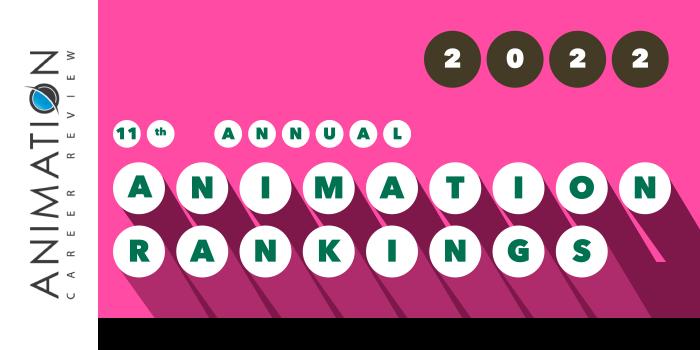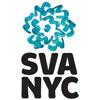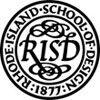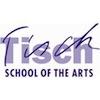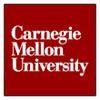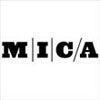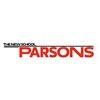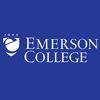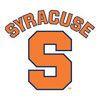The School of Film at University of the Arts (UArts) encourages collaboration between schools, so animation students may also study acting, design, photography, and other disciplines. Program options for animators include BFA degrees in Animation and Film & Animation, and a Minor in Animation. The BFA program has three emphasis areas: Traditional 2-D Drawn/Digital Animation, 3-D Computer Animation, and Stop-Motion or Experimental Animation.
Students in all emphasis areas have opportunities to work with professionals and faculty associated with major studios and networks such as Disney Animation Studios, Nickelodeon, Comedy Central, HBO, Cartoon Network, and Netflix. The curriculum for the programs combines a collaborative, hands-on teaching environment with internships at studios such as Augenblick, and study away experiences in places such as France and South Korea. Students will also participate in lectures, screenings, and formal critiquing sessions designed to evaluate their progress and work.
A major component of the Animation programs at University of the Arts is the Professional Practices class. This multifaceted course, which takes place in the final year of the program, includes guest speakers, personal branding development, mock interviews, social media strategies, design, and resume building. At the end of the course, students will have the opportunity to display their final portfolio reels online.
The Animation Program at UArts also provides access to a 5,600-square-foot space known as the Center for Immersive Media (CIM), which allows students to explore other areas such as human-computer interaction (HCI), VR/AR, and performance motion-capture. In addition to CIM, animation students have unlimited access to computer labs and state-of-the-art animation, film, and stop-motion studios.
University of the Arts Animation graduates work in a wide range of positions. Examples include Character Animator, Effects Animator, Computer Animator, Scientific Animator, Forensics Animator, Clay/Puppet Animator, Director, Background Artist, Storyboard Artist, and Art Director.
Local companies that have hired UArts graduates include unPOP, Alkemy X, and Center City Film & Video. UArts alumni Also work at major studios and networks such as Walt Disney Animation Studios, DreamWorks, Netflix, Sony Interactive Entertainment, Google, and HBO.
Founded in 1876 as part of the Philadelphia Museum of Art, University of the Arts serves nearly 1,500 students enrolled in more than 40 degree programs in fine arts, design, media arts, dance, music, theater, and crafts. More than 20 minors are available and open to all students. UArts programs are offered in the Schools of Art, Dance, Design, Film, Music, Theater Arts, and Graduate and Professional Studies. University of the Arts is accredited by the Middle States Commission on Higher Education (MSCHE).


